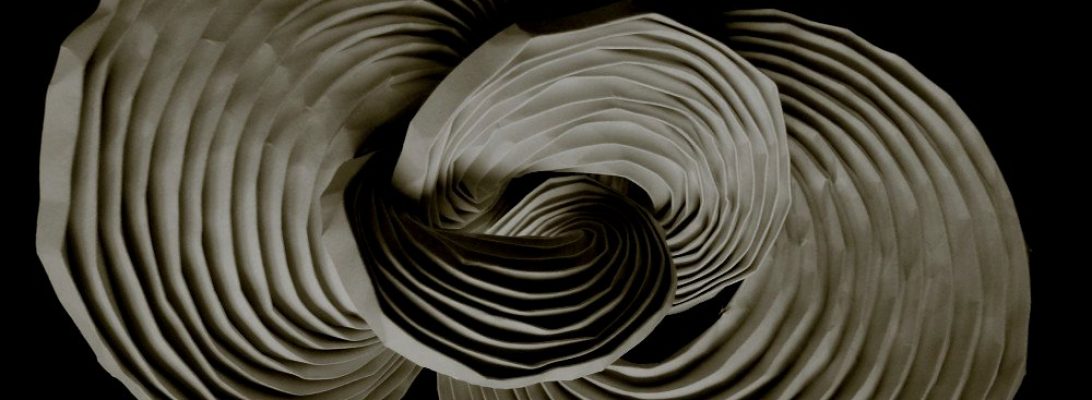Now I have nothing but respect for rowers (and their poor exhausted parents) and this weekend is the annual “Head of the River” regatta, battling for a shiny thing, so I thought I would do a rower. Our rowers (like many Brisbane-based rowing clubs) have had a really broken season – their shed was destroyed by the floods, they were banned from the river because of water contamination. They did all sorts of non rowing exercises to keep in shape for when they were able to get back on the water, albeit in another school’s shed (many thanks go to Lourdes Hill here). Win or lose, they have already overcome enormous obstacles to even make it to the race.
In first-fold tradition I initially worked on a model by Neil Elias called “Hiawatha in a canoe” but modified the boat, the indian (gave him a cap instead of a feather and made him look like a schoolboy) and the oar. Quite happy with a “single scull”, I realised that he only has ONE oar, and that would result in him going around in circles I began bending and torturing it further.
It occurred to me that a modular (multi-part linked together model) might be possible based on this figure, as there was some symmetry and I could determine which side the oar was formed, so set about making eight. Because each was folded separately, they all have slightly different postures, I like that. On the back end, I sort of bent a “cox” but there was not much paper so he is a little wee fellow (which coxes are apparently).
I tried to work out a way of joining them into one shell – really I did. I have to admit to cheating (a little) – I used some staples to keep the model together, it is as long as my keyboard and totally unstable without being fixed, so I hope my faithful following (lol) will forgive this transgression because it is so oaresome.































